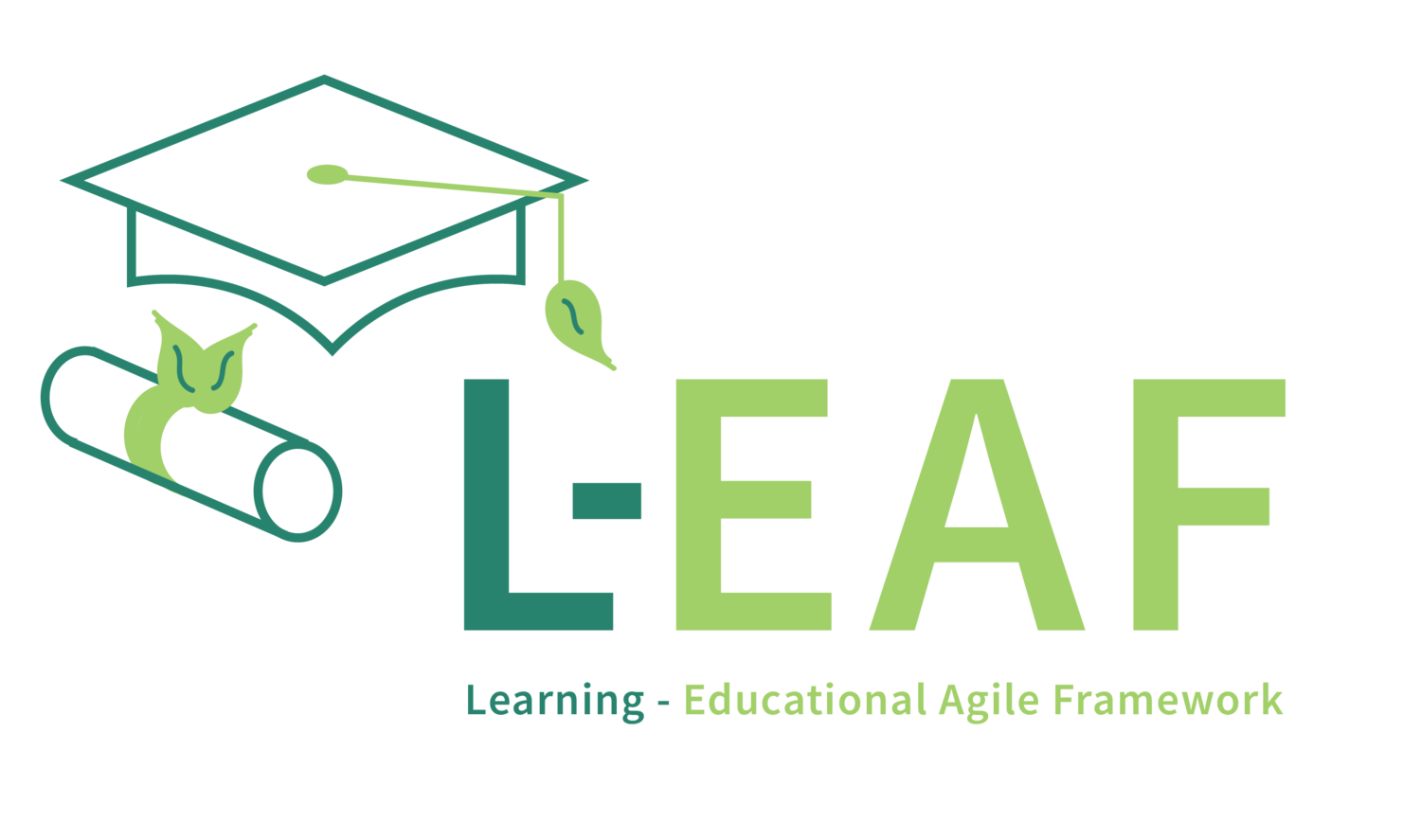Agile Learning Adventures: EduScrum and L-EAF’s LearningFLOW - A Guide for Educators
The demand for change is sweeping through classrooms, boardrooms and communities worldwide. These calls for improved ways of learning carry with them the echoes of the past demands for better ways of working which resulted in the creation of methodologies like Kanban, Scrum, EduScrum, and L-EAF’s LearningFLOW.
These Agile learning frameworks promise to transform traditional education into a student-centered, collaborative, and dynamic experience promotes student agency and teached executive functioning skills. But for teachers navigating this uncharted territory, the question remains:
Which path is the “RIGHT” one?
I hope that this guide will illuminate the key differences, provide insights from real-world companies to serve as a parallel narrative, and equip you with the knowledge to embark on your own agile learning adventure.
Learning from the Masters: Kanban and Scrum in Action
Before diving into EduScrum and LearningFLOW, let's draw inspiration from their agile ancestors: Kanban and Scrum. Kanban, with its focus on meeting teams where they are, visualizing workflow and optimizing the flow of work done, has empowered companies like Spotify and Pinterest to rise to the top at incredible speed. Spotify, by implementing Kanban boards to visualize their process and where work was in process, reduced lead time for feature delivery by 40%, while Pinterest saw a 30% increase in developer productivity (source: https://kanban.university/) by valuing a relentless commitment to improvement through small experiments.
Scrum, with its emphasis on iterative sprints (short time boxes from 1 to 4 weeks) and delivering value in short cycles, has fueled the success of companies like Google and Amazon. Google Ventures, after adopting Scrum, saw a 20% increase in customer value delivered by teams and a 50% reduction in time to market for new offerings (source: https://www.learnow.live/blog/difference-between-scrum-alliance-csm-and-scaled-agile-safe-agilist-certification).
LearningFLOW and EduScrum: Bridging the Gap
Now, let's translate these powerful working patterns to the learning landscape. Enter EduScrum and LearningFLOW, frameworks specifically crafted to cultivate student agency, collaboration, and continuous improvement.
EduScrum: Imagine a classroom transformed into a mini-Scrum team. Students collaborate in sprints, tackle learning objectives, and showcase their work in regular reviews. Just like Atlassian, a software development company, saw a 30% improvement in employee engagement after implementing Scrum (source: https://www.atlassian.com/agile/tutorials/how-to-do-scrum-with-jira-software), EduScrum can ignite similar enthusiasm in students.
LearningFLOW: Picture a classroom where learning cycles replace rigid sprints, and students are free to experiment and adapt. This fluidity mirrors Zappos's adoption of Kanban, which resulted in a 75% reduction in lead time - total amount of time (including hands on and hands off) it takes to get project done and a 30% increase in customer satisfaction (source: https://kanban.university/). LearningFLOW empowers teachers to be co-explorers, just like Zappos empowered its employees to own their work, leading to similar learning breakthroughs.
Choosing Your Path: Data-Driven Insights for Educators
So, EduScrum or LearningFLOW? The answer lies in your unique classroom context:
Structured Approach: If you crave clear roles and rituals, EduScrum's sprints and reviews might resonate. Data from a study by the University of Minnesota shows that EduScrum can lead to an increase in student engagement and an improvement in test scores (source: The Agile Mind).
Flexible Exploration: If you prefer adaptability and continuous refinement, LearningFLOW's cycles and retrospection might be more appealing. Research by the Buck Institute for Education suggests that LearningFLOW can foster an increase in student self-directed learning skills and a decrease in anxiety about learning (source: The Agile Mind).
First Steps: Your Agile Learning Pilot
Ready to embark on your agile learning adventure? Here's how to take the first steps:
Start small: Begin with a single subject or project.
Gather your tribe: Form a learning team with colleagues to support and share your experiences.
Mine the data: Explore research and case studies like those above to find inspiration and tailor your approach.
Connect with the community: Join online forums or workshops to learn from experienced agile educators like those inThe Agile Teachers Lounge.
Agile Learning: A Journey, Not a Destination
Remember, agile learning is not a destination; it's a transformative journey. Embrace the mindset of continuous improvement, learn from your experiences, and adapt your approach as you go.
With a collaborative spirit and a willingness to experiment, you'll create a classroom where students are not just passive listeners, but empowered learners on the path to knowledge.
EduScrum and LearningFLOW, inspired by the success stories of Kanban and Scrum in the corporate world, offer powerful tools for educators to transform their classrooms. By choosing the “right” framework, following data-driven insights, and embracing the agile mindset, you can unlock a world of learning possibilities for your students and yourself.



